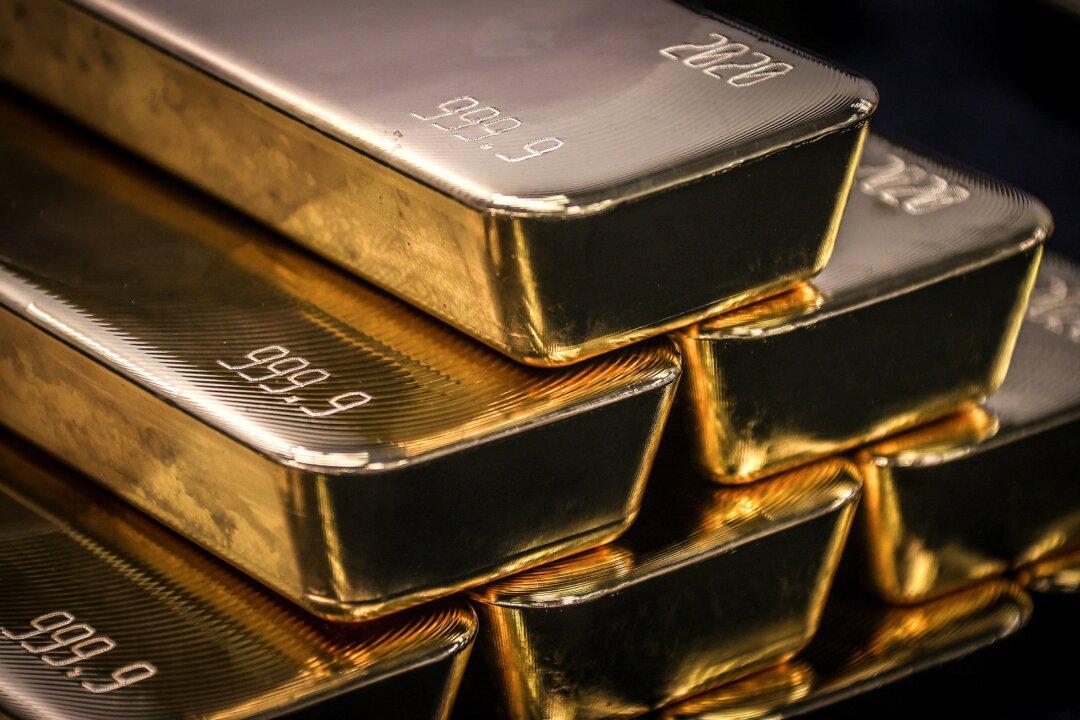Commentary
Gold fever is back. I have seen this mania many times in the five decades I have been involved in the financial markets. It usually begins as an unexplainable 5-10 percent after a long period of low volatility in the price of gold and then develops momentum.
I say “unexplainable” but, of course, “experts” calling themselves gold bugs predicted the rise. They always predict gold climbing to multiples of the present price usually because Western civilization is months away from an economic cataclysm not seen since the Bronze Age collapse in the 12th century B.C. Every piece of information that supports their confirmation bias is proof of their claims. Any information not supporting their forecasts are either ignored, arbitrarily dismissed or viciously attacked. Some believe that a secret cabal of central bankers and one-world-government puppet-masters are suppressing the price of gold to prop up the U.S. dollar.
Facetiousness aside, gold is an important part of the financial world and will continue to be. At times, price performance can be excellent. However, it is not an easy path to riches and has dramatically underperformed on the stock market over the long term. The S&P 500 total return index had an annual return of 14.64 percent for the 10 years ending March 31, 2024. In contrast, the price of gold has increased by about 33 percent, or 2.92 percent annualized.
Putting this in perspective, $100,000 invested in gold over the last 10-year period would be worth about $133,000. The same amount invested in the S&P 500 over the same period would be $392,000, or $259,000 more. If we use longer periods, stocks routinely outperform gold since the United States stopped fixing the price of gold and it eventually adjusted to being traded in the free market.





